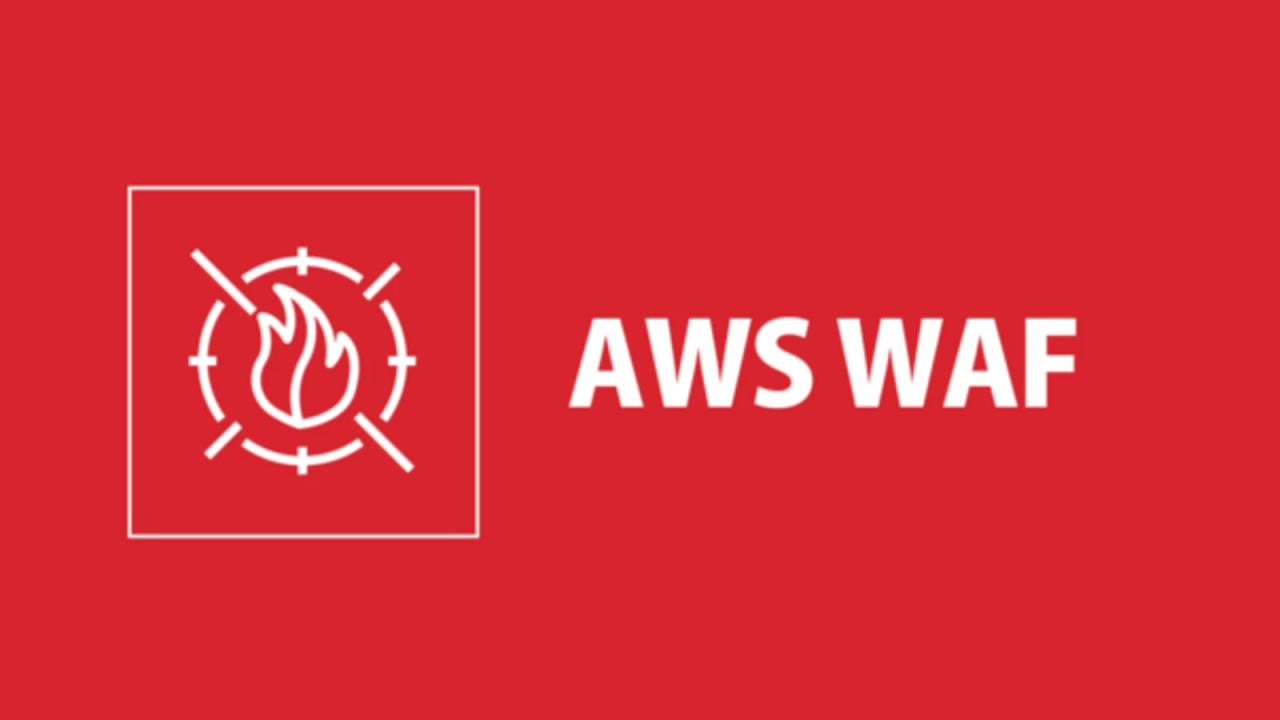Understanding AWS WAF: Protecting Your Web Applications with Web Application Firewall
 Cloud Tuned
Cloud Tuned
Understanding AWS WAF: Protecting Your Web Applications with Web Application Firewall
In today's digital landscape, web applications are prime targets for cyber attacks, including malicious bots, SQL injections, and cross-site scripting (XSS) attacks. To defend against these threats, organizations deploy Web Application Firewalls (WAFs) like AWS WAF. In this article, we'll delve into what AWS WAF is, its key features, benefits, and considerations for implementation.
What is AWS WAF?
AWS WAF is a web application firewall service provided by Amazon Web Services (AWS) that helps protect web applications from common web exploits and vulnerabilities. It allows organizations to monitor and control inbound and outbound HTTP/HTTPS traffic to their web applications by defining customizable security rules.
Key Features of AWS WAF
AWS WAF offers several key features to help organizations secure their web applications:
- Rule-based Security Policies: AWS WAF allows organizations to create custom security rules to filter and block malicious traffic based on criteria such as IP addresses, request headers, query strings, and request methods.
- Managed Rule Sets: AWS WAF provides managed rule sets, such as the AWS Managed Rules for AWS WAF, that offer pre-configured rules to protect against common threats like SQL injection, cross-site scripting (XSS), and known malicious bots.
- Integration with AWS Services: AWS WAF integrates seamlessly with other AWS services, including Amazon CloudFront, Amazon API Gateway, and Application Load Balancer (ALB), allowing organizations to deploy WAF protection across their entire application stack.
- Real-time Monitoring and Logging: AWS WAF provides real-time monitoring and logging of web traffic, allowing organizations to analyze traffic patterns, identify security threats, and troubleshoot issues effectively.
- Customization and Flexibility: AWS WAF offers flexibility and customization options, allowing organizations to create tailored security policies and rules to meet their specific security requirements and use cases.
- Scalability and Performance: AWS WAF scales automatically to handle fluctuations in web traffic volume and provides high-performance protection against web-based attacks without impacting application performance.
Benefits of AWS WAF
Implementing AWS WAF offers several benefits to organizations:
- Enhanced Web Application Security: AWS WAF helps organizations protect their web applications from common web exploits and vulnerabilities, reducing the risk of data breaches, unauthorized access, and service disruptions.
- Improved Compliance: AWS WAF helps organizations meet regulatory compliance requirements by providing security controls and protections for web applications, such as PCI DSS, HIPAA, and GDPR.
- Cost-Effective Security: AWS WAF offers a pay-as-you-go pricing model, allowing organizations to pay only for the resources they use and avoid the costs associated with deploying and managing on-premises WAF solutions.
- Centralized Management: AWS WAF provides a centralized management interface for creating, managing, and monitoring web application security policies across multiple AWS resources and environments.
- Integration with AWS Security Services: AWS WAF integrates seamlessly with other AWS security services, such as AWS Shield and AWS Firewall Manager, providing organizations with comprehensive protection against web-based attacks.
Considerations for Implementing AWS WAF
When implementing AWS WAF, organizations should consider several factors:
- Resource Configuration: Ensure that AWS WAF is properly configured and deployed to protect all relevant web applications and resources, including CloudFront distributions, API Gateway APIs, and Application Load Balancers (ALBs).
- Rule Configuration: Carefully define and configure security rules and managed rule sets to effectively filter and block malicious traffic while allowing legitimate traffic to access web applications.
- Logging and Monitoring: Enable logging and monitoring features in AWS WAF to track and analyze web traffic patterns, identify security threats, and troubleshoot issues effectively.
- Continuous Optimization: Regularly review and optimize AWS WAF security policies and rules to adapt to evolving threats and ensure effective protection for web applications.
Conclusion
In conclusion, AWS WAF is a powerful tool for organizations looking to enhance the security of their web applications. By providing customizable security rules, managed rule sets, real-time monitoring, and integration with other AWS services, AWS WAF helps organizations protect against common web-based attacks and vulnerabilities, ensuring the confidentiality, integrity, and availability of their web applications.
Subscribe to my newsletter
Read articles from Cloud Tuned directly inside your inbox. Subscribe to the newsletter, and don't miss out.
Written by
